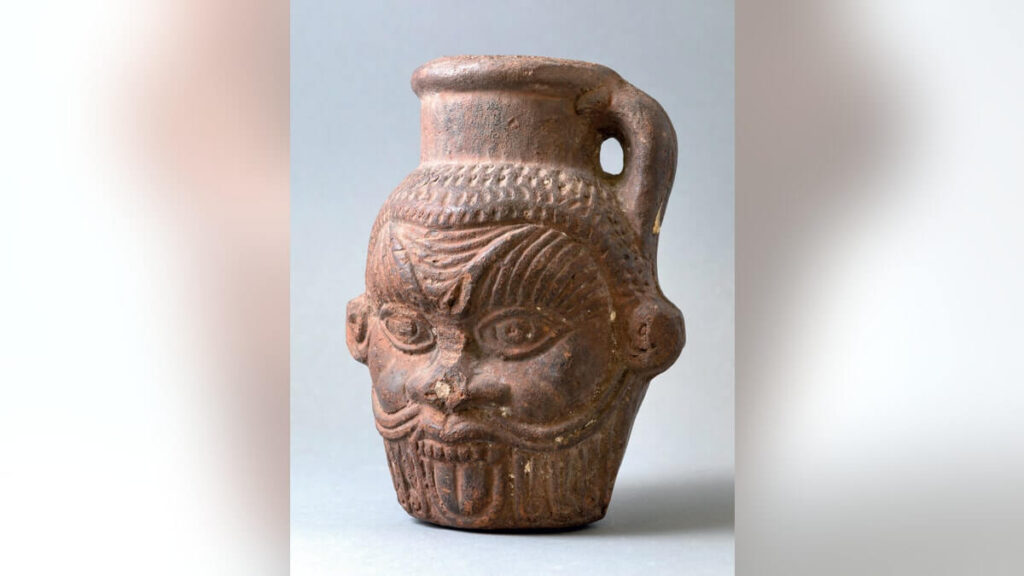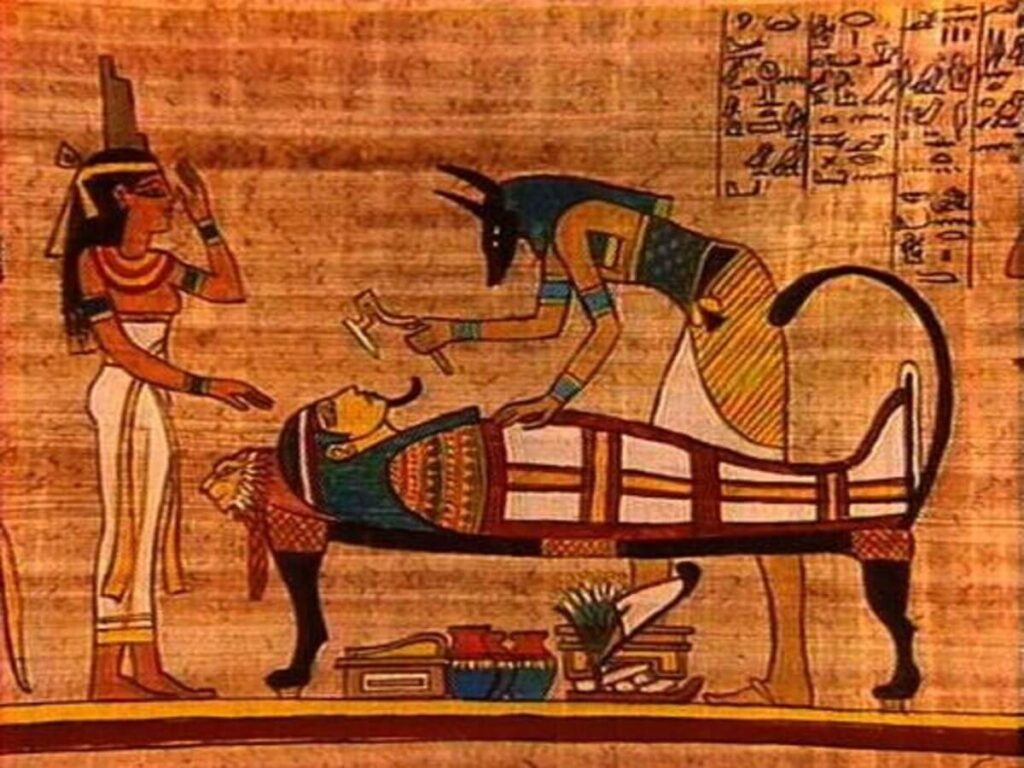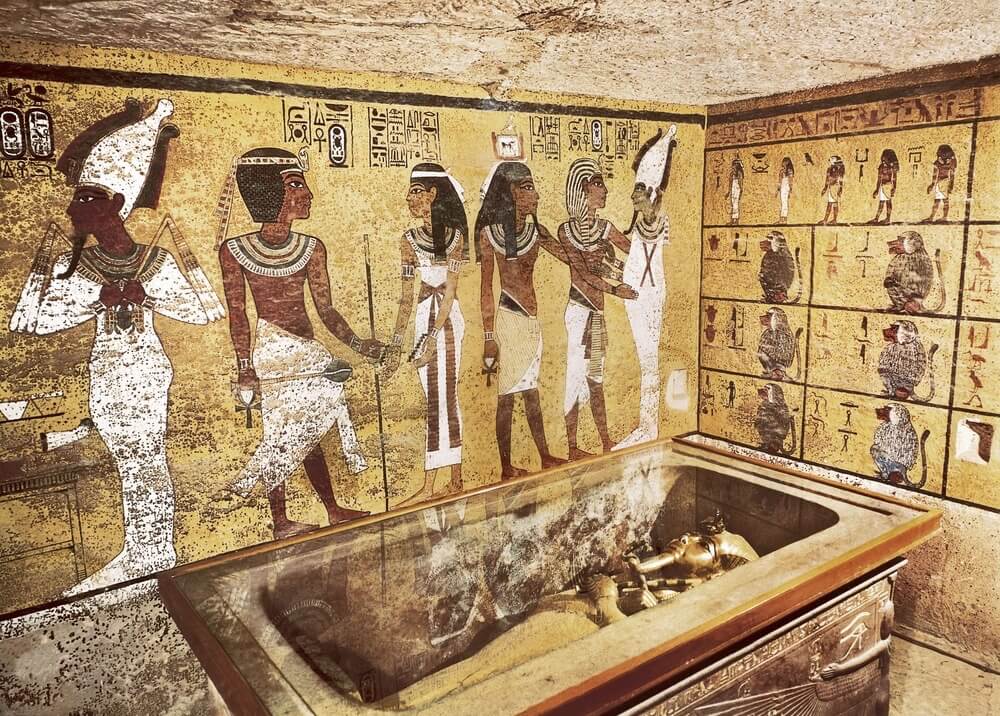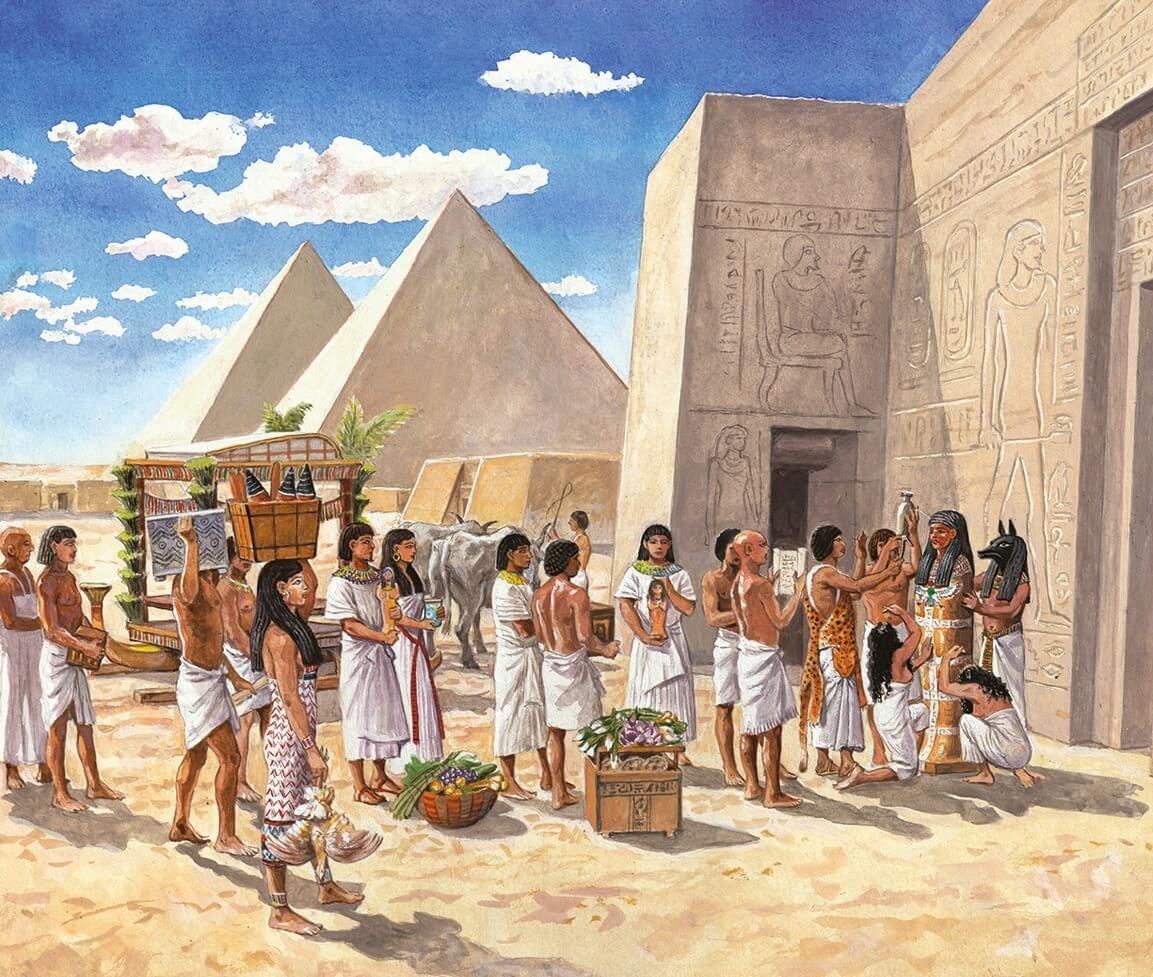Mysteries around ancient Egypt are fascinating and intriguing for the imagination. In a groundbreaking revelation, recent research has unveiled that ancient Egyptians incorporated psychedelic/hallucinogenic substances into their ritualistic practices. This discovery not only enriches our understanding of their complex spiritual life but also highlights the sophisticated use of natural resources in their quest for divine connection and insight.
Unveiling the Bes Mug
The key to this discovery is a 2,000-year-old ceramic vessel known as the “Bes mug,” named after the Egyptian deity Bes. Bes associated with fertility, protection, and childbirth. The mug, adorned with the face of Bes, was subjected to advanced chemical analysis by a team of researchers led by Professor Davide Tanasi from the University of South Florida. Their findings were published in the journal Scientific Reports.

Chemical Composition of the Ritual Beverage
The analysis revealed a complex concoction of ingredients, each chosen for its unique properties:
- Peganum harmala (Syrian rue): Known for its psychoactive and hallucinogenic alkaloids, this plant can induce altered states of consciousness.
- Nymphaea caerulea (Egyptian blue lotus): A mild sedative that produces feelings of euphoria.
- Alcohol: Likely used as a solvent and intoxicant.
- Honey, sesame seeds, pine nuts, licorice, and grapes: These ingredients not only added flavor but also enhanced the beverage’s appearance, possibly making it resemble blood, which held symbolic significance.
Additionally, traces of human bodily fluids were detected, suggesting the inclusion of actual blood in the mixture.

Purpose and Significance of the Rituals
The presence of these substances indicates that the ancient Egyptians consumed this potent brew during fertility rituals. Inducing vivid hallucinogenic visions and connect with the divine. The use of the Bes mug, specifically associated with childbirth and protection, underscores the ritual’s focus on fertility and safeguarding life.
Historical Context of Psychedelic Use
This discovery provides the first direct evidence of psychedelic substance use in ancient Egyptian rituals. Although historical texts and iconography have long suggested such practices. For instance, the blue lotus frequently appears in Egyptian art, often depicted in contexts implying its ceremonial use.

Implications of the Discovery
This finding offers profound insights into the spiritual and ritualistic practices of ancient Egypt. Suggesting that the Egyptians had a sophisticated understanding of psychoactive plants and their effects, which they harnessed to facilitate spiritual experiences and commune with their deities.
Conclusion
The revelation of psychedelic substance use in ancient Egyptian rituals not only deepens our appreciation of their cultural and spiritual practices but also highlights the universal human desire to explore altered states of consciousness in the pursuit of meaning and connection.
If you feel like exploring more of the ancient wonders and mysteries then browse the Archaeological discoveries section of our community.

